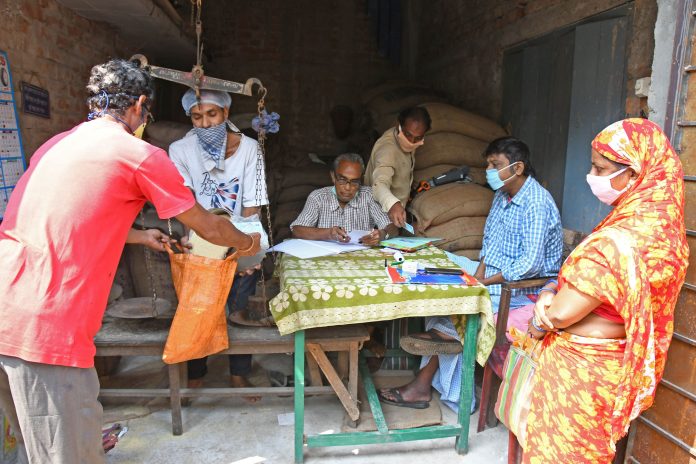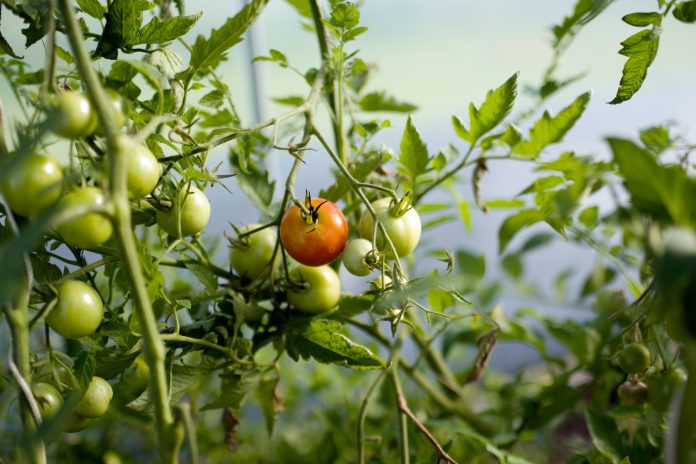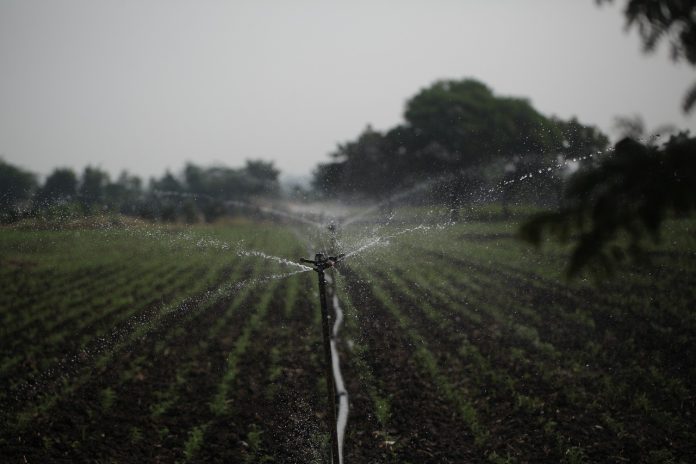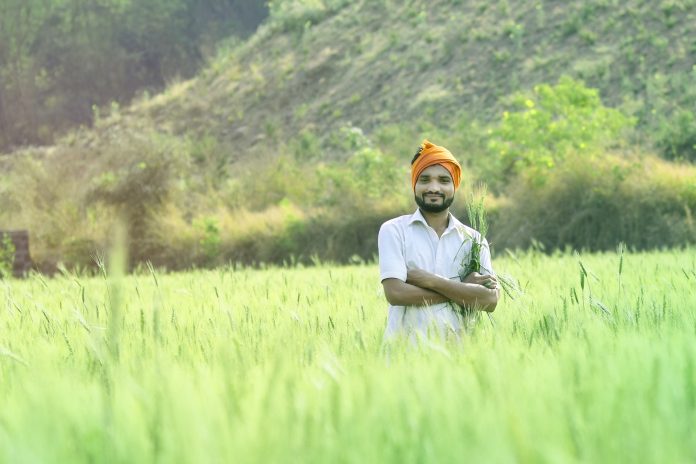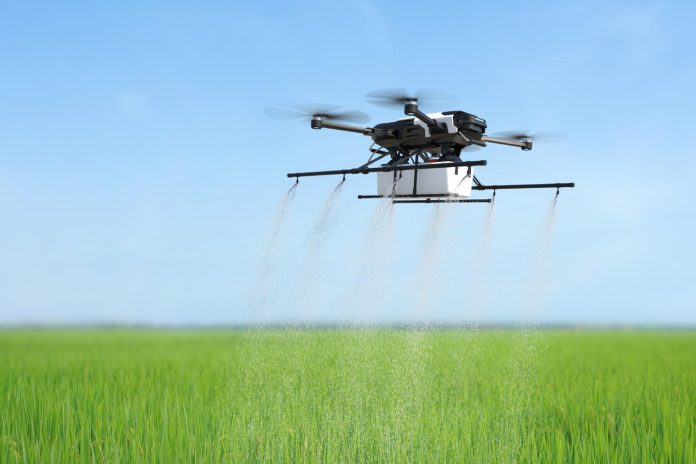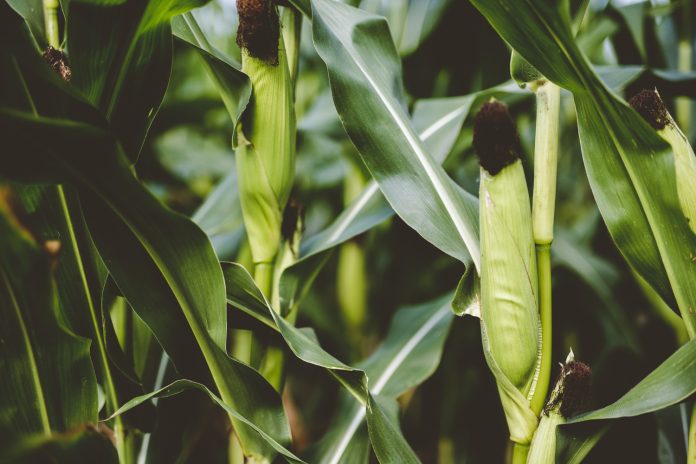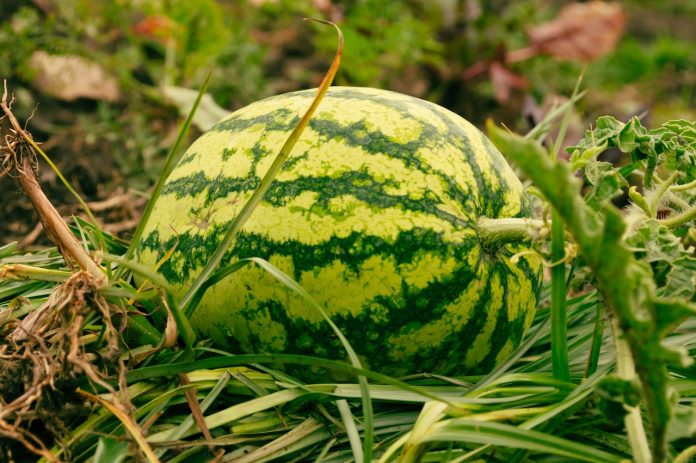The tomato holds a prominent place on the list of protective foods due to its abundance in vitamins, essential amino acids and healthy organic acids like citric, formic and acetic acids. Fruit’s eye-catching red colour comes from lycopene, while its appealing yellow colour comes from carotenoids which are highly sensitive to temperature. Moreover, the unusual flavour is due to the presence of ethanol, acetaldehyde, and several other volatile flavoring agents. In this article, we will discuss in detail about the package of practices of tomato.
Tomato Crop at a Glance
Botanical Name: Solanum lycopersicum
Common Name: Tomato (English), Tamatar (Hindi and Punjabi), Takkali (Tamil and Malayalam), Tameto pandu (Telugu), Tomato hannu (Kannada), Toamater (Bengali), Bilati Baigana (Odia).
Crop Season: Kharif and Rabi
Crop type: Horticulture
Varieties/Hybrids: Pusa Early Dwarf, Sioux, Pusa Uphar, Pusa Ruby, Pusa Sadhabahar, Pant Bahar, Arka Samrat etc.
Package of Practices for Tomato
Soil Requirements
Tomato planting can be done in a range of soil types, from sandy to heavy soils. For productive cultivation of tomato crops, well-drained and somewhat fertile loam with a moderate ability to retain moisture is optimal. Waterlogging is quite dangerous to tomatoes. Soils that drain well are essential. The ideal pH range is between 6 and 7. Liming is advised if the soil is acidic, with a pH of 5.0 or lower.
Climatic Requirements
For successful tomato planting, it is crucial to maintain the ideal temperature range of 21 to 24 degrees Celsius. Fruit set, colour and nutritional content are influenced by temperature and light intensity. 20 to 25˚C is the ideal soil temperature for seed germination. Temperatures between 15 and 20˚C during the night are optimal for fruit set. Low humidity, dry winds, and a high temperature (38˚C) all have a negative impact on the fruit set. At the ripe stage, the tomato contains the red pigment lycopene and the yellow pigment carotene. Lycopene generation is prevented or reduced at extremely high temperatures.
Sowing and Land Preparations for Tomato
Nursery Management
Tomato being a transplanted crop a raised bed measuring 225 square meters is sufficient to raise the seedlings required for one hectare area. A raised seed bed with 3 kg of well-decomposed FYM per square meter and additional application of 0.5 kg of N, P, and K fertilizer per bed is generally recommended for better growth of seedlings.
Seed Rate and Spacing
Tomato seeds are very light in weight. So, about 400 to 500 g of seeds are sufficient to raise a nursery and transplant in one hectare. Row to row spacing of 60 to 120 cm and plant to plant distance of 45 to 75 cm are used for indeterminate types and hybrids. For determinate types, a spacing of 45 to 60 cm x 30 to 40 cm is used.
Main field preparation
The land used for tomato cultivation should be well pulverized with one to two deep ploughings and two to four harrowing and broad bed furrows or ridges and furrows are made in the field depending on farmers requirement.
Transplanting
In general, 20 to 30 days old seedlings are used for tomato planting on raised beds or the slope of the ridge.
Irrigation Schedule
Furrow irrigation is the most popular method followed in tomato farming. The frequency of irrigation is influenced by the soil and climatic variables. Crop grown throughout the summer should be watered every 3 to 4 days. Water stress during the blooming stage will have a negative impact on production and fruiting. Fruits crack when there has been a prolonged drought followed by extensive watering.
Manures and Fertilizers
The recommended amount of manure and fertilizer for tomatoes varies from state to state and relies on the type of soil, variety’s growth habits and production. In addition to 15-20 tonnes of FYM, N – 100-125 kg, P – 50-60 kg and K – 50-60 kg are also advised for one acre in tomato cultivation. When final ploughing is completed, FYM should be applied into the soil. You can provide a basal dosage of 1/3 N, Full P and K either just before transplantation or five to ten days after transplantation. 2/3 of the remaining N is administered 20 and 45 days later in equal splits.
Intercultivation Practices for Tomato
Weeding
Weeding, hoeing and earthing up should be done on a regular basis to keep the field weed-free. Pre-emergence application of Stomp Xtra (Pendimethalin 38.7% CS) at 600 – 700 ml per acre or BACF Quash (Oxyfluorfen 23.5% EC) at 200 ml per acre were some excellent choices to control initial weed flush. Mulching with plastic or straw is also efficient in controlling weeds and controlling soil temperature.
Training and Pruning
To avoid lodging and fruit loss due to soil contact, all indeterminate types are trained with wires, strings or stacks. While, indeterminate cultivars are also typically pruned to enhance fruit size, shape and quality.
Crop Protection for Tomato plant
Pests
1. Tomato fruit borer
Scientific Name: Helicoverpa armigera or Spodoptera litura
Symptoms
The tomato farms are severely affected by the fruit borer, impacting tomato planting significantly. The larvae eat through fruit and damage flowers. Many entrance holes and widespread rotting in the fruit are typical signs of infestation.When the tomato fruits are maturing, young caterpillars of both insects burrow into them. When feeding, the Helicoverpa larva stays partially on the fruit hole, however the Spodoptera caterpillar may be seen staying entirely within the fruit. Most of the time, excrement plugs the bore holes.
Management
- During the last ploughing, it is recommended to apply 100kg/acre of neem cake to the tomato farm.
- Neem oil (1500-3000 ppm) at 5 ml/lit water should be sprayed during the early stages of an infestation to kill eggs.
- Use of Fame Insecticide (flubendiamide) at 0.3 ml/lit water or Coragen Insecticide (Chlorantraniliprole) at 0.3 ml/lit water or Tracer Insecticide (Spinosad) at 0.4 ml/lit water is advised when the severity of the infestation rises.
2. Serpentine leaf miner
Scientific Name: Liriomyza trifolii
Symptoms
The symptoms of serpentine leaf miner include
- Leaves with serpentine veins
- In extreme cases, leaf drop may occur
Management
At early stages of an infestation mined leaves should be gathered and destroyed. With increasing severity, spray 5% GreenPeace Neemol Bio Neem Oil Insecticide (Neem Seed Kernel Extract) and in extreme situations it is advised to use Benevia Insecticide (cyantraniliprole) at 1.7-2 ml/lit water.
3. Pinworm
Scientific Name: Tuta absoluta
Symptoms
In order to mine through leaves, newly born larvae first spin a superficial web covering. Next, when they tunnel through leaves, they make slender straight or serpentine mines. At mine entrances, a single pile of frass (insect faeces) is dumped. Blotch mines are created by older instars near to their leaf fold. Most harm occurs when larvae penetrate fruit near the stem, mining just below the fruit surface or in the core. Liquid content oozes out from the pinholes when infested fruit is pressed with fingers.
Management
To eliminate pinworm pupae, deep ploughing is advised. In order to gauge the extent of the infestation, it is crucial to set about 10 to 15 Tapas yellow sticky traps per acre. It is also advised to spray Coragen Insecticide (Chlorantraniliprole), Fame Insecticide (Flubendiamide) or Benevia Insecticide (Cyantraniliprole) at a rate of 60 ml per acre as the infestation becomes more severe.
4. Thrips
Scientific Name: Thrips tabaci
Symptoms
The infested leaves curling upward, crumbling and shedding. Both the nymphs and the adults consume the tomato’s blossoms, leaves and stem while sucking the sap, which results in the vegetative and reproductive organs being malformed.
Management
To control the infestation below ETL, systemic insecticides like Admire Insecticide (imidacloprid) can be applied to the tomato farm at a dosage of 0.4 gm per litre of water.
5. Mites
Symptoms
The infested leaves curl downwards. Both the nymphs and the adults consume the tomato’s blossoms, leaves, and stem while sucking the sap, which results in the vegetative and reproductive organs being malformed.
Management
The infestation can be controlled by spraying phosalone 3 ml/l, diafenthiuron 1.5 gm/lit water or Intrepid Insecticide (chlorfenapyr) 2 ml/lit water.
6. Root Knot Nematode
Symptoms
There may be a delay in growth and chlorotic leaves. Root gall will be observed on the roots. Even if plants survive, fruiting is greatly reduced.
Management
To promote healthy tomato planting, it is advisable to practice crop rotation by incorporating non-host crops. During transplantation, only seedlings with roots free of galls should be chosen. Soil solarization can prevent this infestation. Application of neem cake at the rate of 200 kg/acre during the land preparation is also found to reduce the nematode infestation. In severe cases, application of carbofuran 3G granules at the rate of 1kg per hectare is recommended.
Diseases
1. Septoria leaf spot
Scientific Name: Septoria lycopersici
Symptoms
On leaves, there are small, uneven patches with a black border and a grey centre. Spots usually begin on lower leaves and gradually move up the leaves with time. Spots congregate, causing complete defoliation of the damaged leaves. Sometimes, flowers and stems are attacked. Fruits are seldom infected.
Management
Remove infected crop debris and apply Indofil Z78 Fungicide (zineb) or Indofil M45 Fungicide (mancozeb) at the rate of 0.2 per cent.
2. Tomato Spotted Wilt Virus (TSWV)
Symptoms
A typical sign of TSWV infection is stunting. The leaves of several infected hosts develop chlorotic or necrotic rings. As a mature tomato’s usual red skin develops concentric circular markings, it turns pale red or yellow in certain regions.
Management
Since thrips is the vector, remove infested crops and use systemic insecticides like Admire Insecticide (imidacloprid) at the rate of 0.4g per litre of water to control them.
Physiological Disorders
1. Blossom end rot
Symptoms
A black patch forms and engulfs 1/2 to 2/3 of the fruit. Subsequently, the tissues contract, resulting in dark grey to black skin. It could cause a secondary fungal infection, rendering it unsafe for ingestion.
Management
Early transplanting of seedlings in the month of April instead of June is highly recommended and if the disorder occurs foliar spray of Multiplex Chlorocal (calcium chloride) is advised.
2. Fruit cracking
Symptoms
Fruit cracking is a result of a boron deficiency in the soil. It mostly manifests in two ways: concentric cracking during the mature green stage and radial cracking during the ripe stage.
Management
It is advised to apply 10–15 kg of borax to the soil per hectare or foliar spray of water soluble Linnfield Boron 20% Micronutrient Fertilizer (boron) at the rate of 0.3-0.5 gm/lit water.
Harvesting and Grading
Fruiting starts within 70 days of tomato planting which are often picked by hand with a little twist that keeps the plant’s stalk attached. The maturity of the crop depends on its intended use. Fruit that is mature and in the green stage can be picked for distant markets, and fruit that is hard ripe can be harvested for local markets. Fruits are graded and stored in wooden boxes or bamboo baskets after being harvested. The Bureau of Indian Standards has four grades: Super A, Super, Fancy and Commercial.
Yield
Depending on a number of variables, an open pollinated tomato cultivation will typically yield 250–300 quintals per hectare. Upto 500 quintals per hectare can be produced by hybrids.

